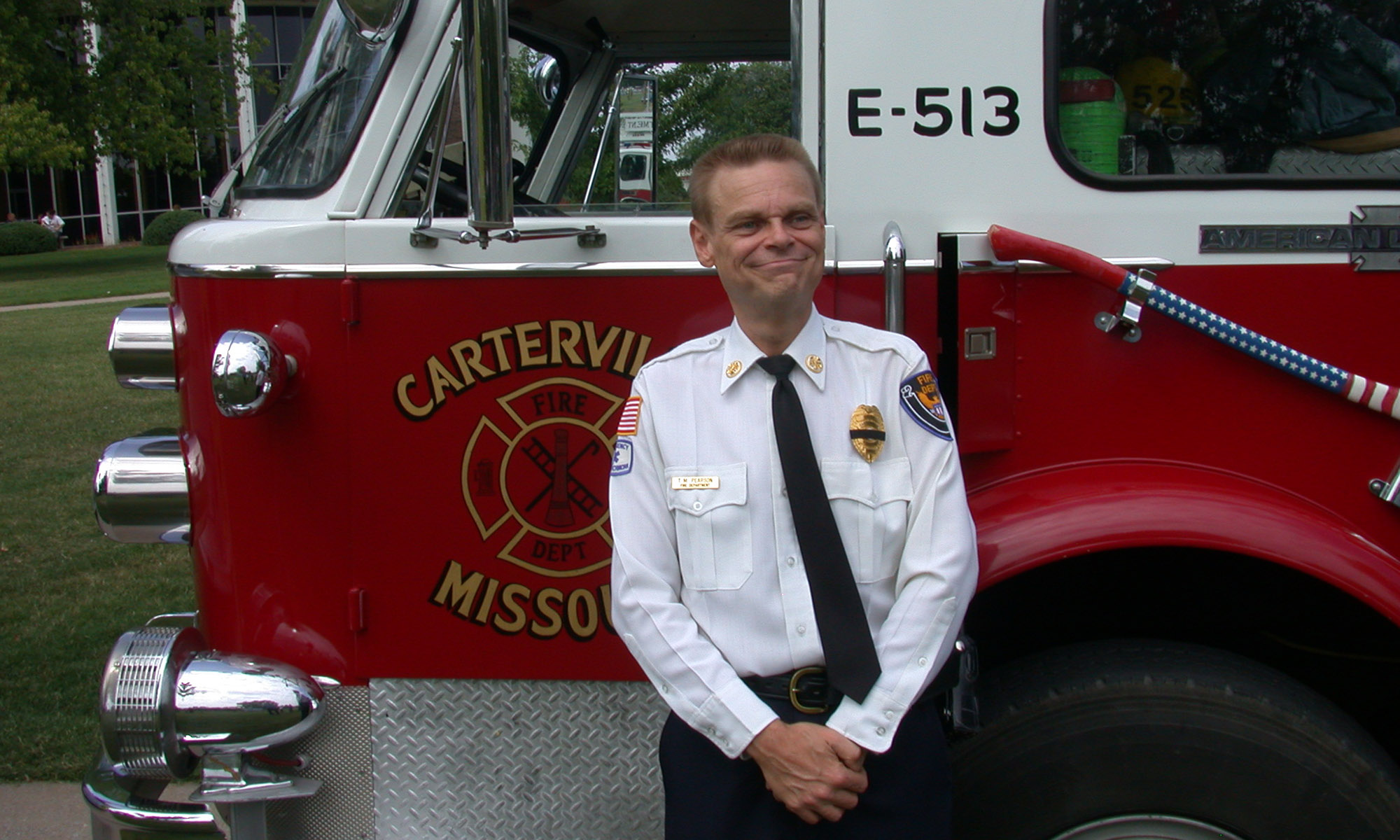I took some time over the Christmas break to learn more about Adobe After Effects. While I’m reasonably proficient with Adobe Premiere, I knew precious little about After Effects when I began.
For those who aren’t familiar at all with the Adobe Creative Cloud applications, Premiere is Adobe’s NLE (non-linear editor) for video. It has evolved over the years I’ve been using it to include more and more features and capabilities. It’s far, far more these days than it used to be. In addition to performing it’s “root” functions – splicing digital video clips together and making professional-looking transitions between them – Premiere now includes the ability to make sophisticated adjustments to a video’s appearance, add titles, create moving masks to alter only one part of a scene, even if that part (like a person’s face) is moving around in the scene. There’s really very little – other than Premiere – needed to turn reasonably well shot “raw” video clips into a professional looking final product.
After Effects used to be the app you had to use if you wanted to do any really complex post-processing in your project. As the power and capabilities of Premiere have evolved, a significant amount of overlap has come to exist between After Effects and Premiere. However, After Effects feature set hasn’t stood still either!
After Effects has, for example, amazing and powerful abilities when introducing artificial “lighting” into a scene – and having that light move around while the objects in the scene also move. All the shadows and reflections are accurately calculated in “3D” space as these lighting effects are introduced.
After Effects can also create and manipulate “objects” that can interact with the lighting effects in an extremely realistic way. Objects can be relatively simple shapes, complex computer generated patterns, and even text.
Following a tutorial I found on YouTube, I managed to create a scene where the Fireman in the Sky logo appears in a cloudy, sunlit sky all while the “camera” and a couple of additional light sources flew through the clouds. None of the footage actually came from a camera, but After Effects uses the term as a synonym for “point of view.” The clouds in the scene – and everything else you see – were 100% created within After Effects. No real clouds were harmed in the making of this film! The process was complex, requiring over a dozen individually created and animated “layers” and objects, but it was a ton of fun to work on!
The clip below is only about 10 seconds long. Nonetheless, it took the computer over 20 minutes to create this 10 second clip, at 4K quality, basically out of nothing. The computer was a powerful one, based on a high end Nvidia 1080 graphics processor and an AMD, 32 core “ThreadRipper” CPU…. This machine will “render” normal HD video in better than “real time” – meaning a video clip that, when finished, will be 5 minutes long takes about 3 minutes to create on this computer. That gives you an idea how much “number crunching” was required to create only 10 seconds of video from a completely “artificial world.” It gives me some real appreciation for movie makers who create the incredibly realistic special effects we’ve all become to used to.
Take a look at this:
